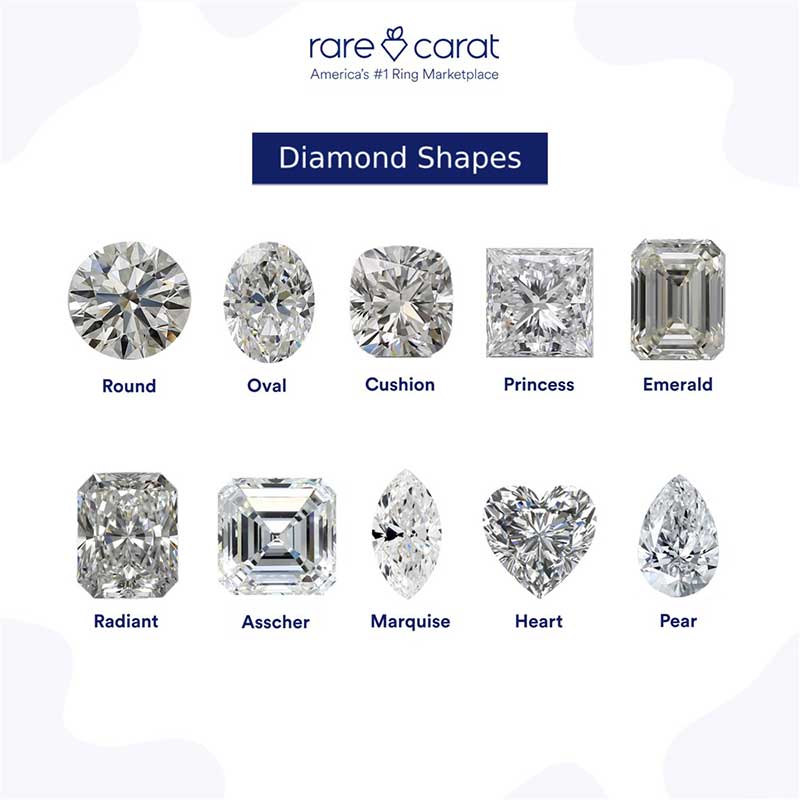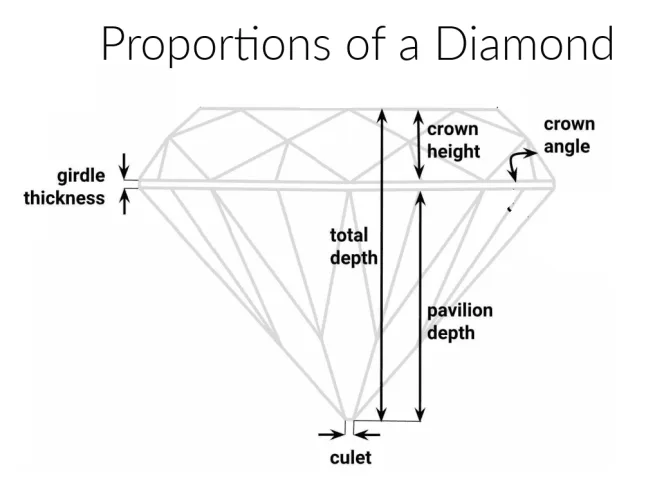What are the Different Diamond Cuts? | Rare Carat
- Diamond cuts (facet arrangement) differ from shapes (outline) - both impact appearance
- Vintage cuts (rose, old mine, European) prioritize weight retention over brilliance
- Modern brilliant cuts (round, princess, oval) maximize sparkle through precise facet placement
- Step cuts (emerald, Asscher) offer elegant, parallel facets with subtle light play
- Choice depends on personal style - vintage charm vs. maximum brilliance vs. clean geometry
Everybody wants to be a diamond but only a few are willing to get cut in the process. This is a beautiful analogy that expresses how a diamond is only a rough stone until we cut and polish it to exhibit its brilliance and lustre!
In the luxury jewelry industry, you may have heard the terms “diamond cuts” and “diamond shape”. Well, these terms are used synonymously when one discusses diamonds. Nevertheless, you should remember that they are distinct. Diamond shapes refer to the outer structure or outline, for example, oval, pear, marquise. On the other hand, diamond cuts or the cutting style of the diamonds refers to the placement of the diamond's facets on its surface like on an oval or pear shape. The beauty of a cut is that it doesn’t affect a diamond’s shape, but instead affects the reflection, refraction and dispersion of light in a diamond. With the advancement of tools and technology, there has been tremendous development in the cutting style of the diamonds.
Like us humans, diamonds are available in all shapes and sizes. The best choice is ultimately which cut appeals to you the best! So, let’s delve into different cuts from different eras and different cutting styles, and make an informed decision with proper understanding.
Vintage and Antique Cut Diamonds
Vintage and antique cut diamonds captured the trend during their era. The intention while cutting and crafting an antique or vintage diamond was to retain that diamond’s maximum weight. The different types of vintage and antique cuts include:
Rose Cut Diamonds:
What is more beautiful than a rose? A rose cut diamond, of course! They resemble the petals of a rose. This cut was popular in the Georgian Era (1714-1837), but regained popularity quickly in the modern era because of its antique and vintage appeal. This cut is not like the typical modern brilliant cut diamond, it is flat on the back and more shallow in stone depth. These diamonds exude subtle and romantic lustre instead of brilliance and sparkle because light escapes from them making the diamond less brilliant.
Old Mine Cut Diamonds:
Old mine cut diamonds are also known as miner cut diamonds. These rare diamonds became popular in the 18th century. They are unique because each diamond has been individually cut and shaped by diamond cutters by hand. Thus, no two diamond cuts are similar if you choose an old mine cut diamond. This attribute makes them rare.
Old European Cut Diamonds:
Old european cut diamonds emerged in the 1920s. An interesting historical point about the old european cut is that the diamond cutters relied on the accuracy of their eyes to give the diamond its structure, cut, style and polish while working only under the candlelight. While they might seem imperfect compared to today’s brilliant cut diamonds, this cut gives them an old vintage charm. Thus, the key difference between an old european cut diamond from an old mine cut diamond is that the european cut has a more rounded (or oval) shape and shallower pavilion than the old mine cut.
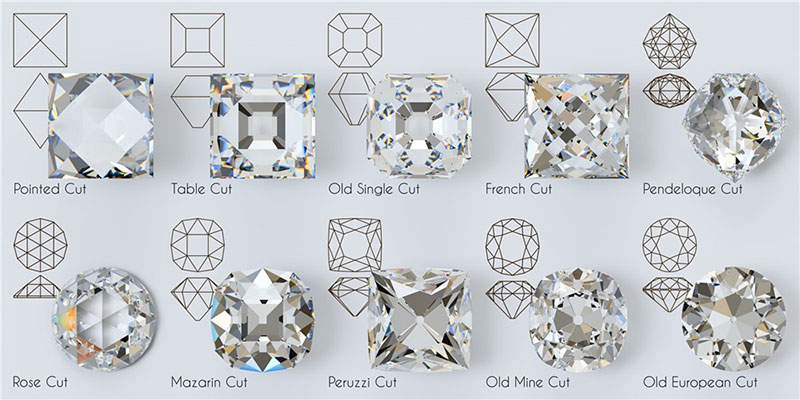
Brilliant Cut Diamonds
Today, diamonds are cut with the purpose of bringing out brilliance and lustre from a diamond. Thus, there is this evolution of diamonds from an antique and vintage cut diamond to the brilliant cut. This cut is identified by the placement of numerous facets (flat surfaces) on a diamond causing light to reflect, refract and disperse optimally.
Round Brilliant Cut Diamond:
The old european cut gave way to what we now in the industry know as the round brilliant cut diamond. As name suggests, the diamond is cut round in shape with a brilliant cut. Each and every facet is carefully placed with precision and calculation with intention to get optimum light reflected, refracted and dispersed, thus making the diamond sparkle with brilliance, fire and scintillation.
After the popular and most sought after round brilliant cut, we are going to explore ‘fancy cuts’ also known as modified brilliant cuts. They are exactly what the name suggests - a brilliant cut diamond that has been altered from its traditional round shape like the oval, pear, etc.
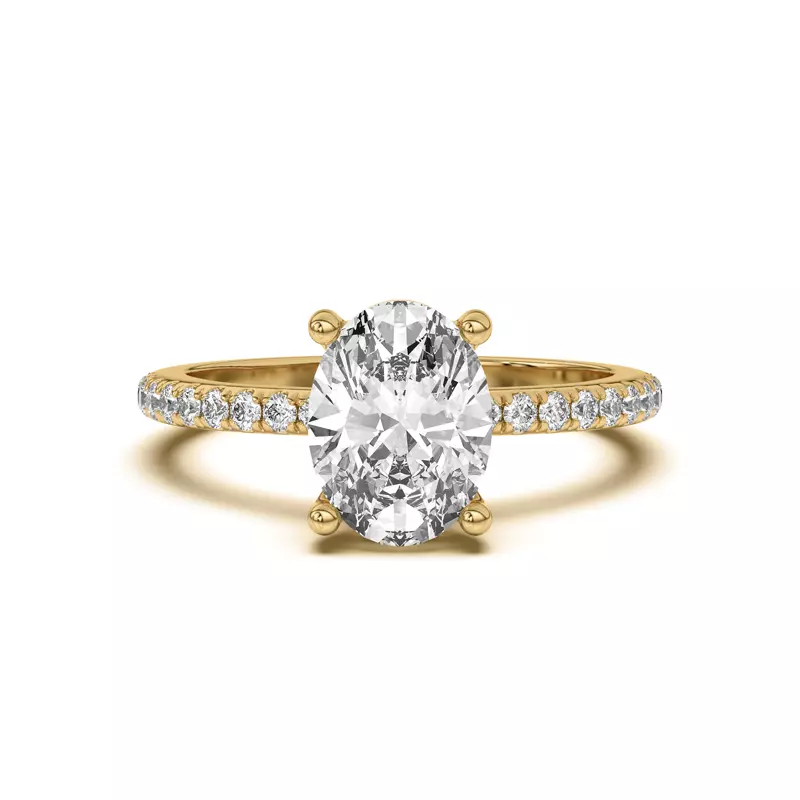
Princess Cut Diamond:
The princess cut diamond is also known as the square modified brilliant or rectangular modified brilliant on a GIA report. The diamond has a square or rectangular shape with pointed corners or edges. These are second in popularity when compared to a round Brilliant cut and less costlier too.

Radiant Cut Diamond:
It is also known as rectangular modified brilliant cut on GIA report. They can also be square in shape depending on its length and width ratio with beveled corners. The radiant cut is a beautiful combination of the brilliant cut of a round and the purity of an emerald cut.

Marquise Cut Diamond:
The Marquise is a boat or football shape with a modified brilliant cut.
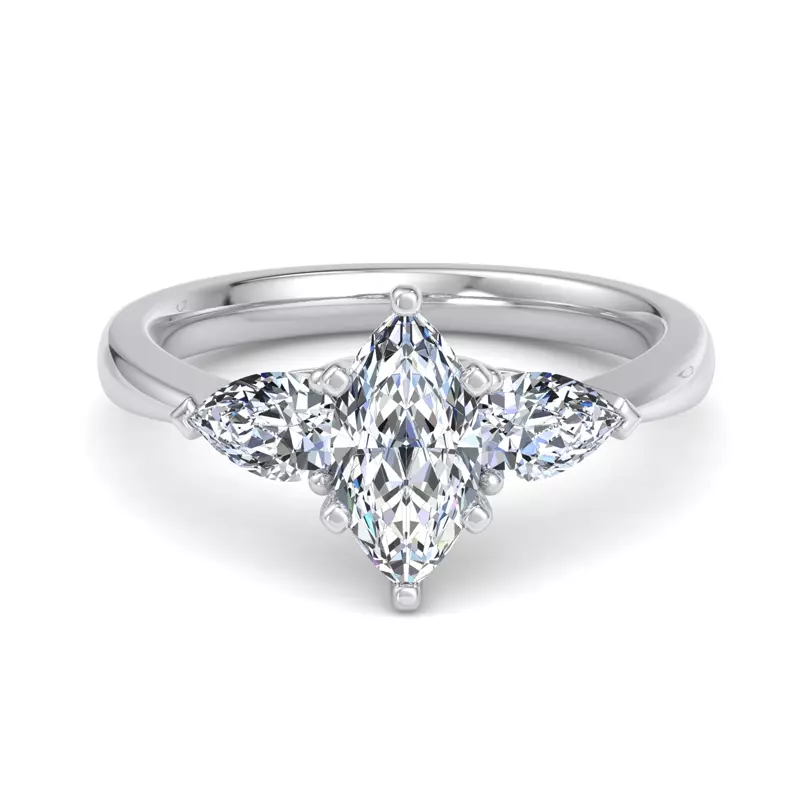
Pear Cut Diamond:
A pear cut diamond is also called a tear drop because of the tear shape. They are elongated at one end very much like an oval or marquise and rounded in the other end.

Oval Cut Diamond:
The oval cut diamond is a combination of the round brilliant and pear cuts. With a large surface area, this cut is very similar to the round brilliant cut diamond.
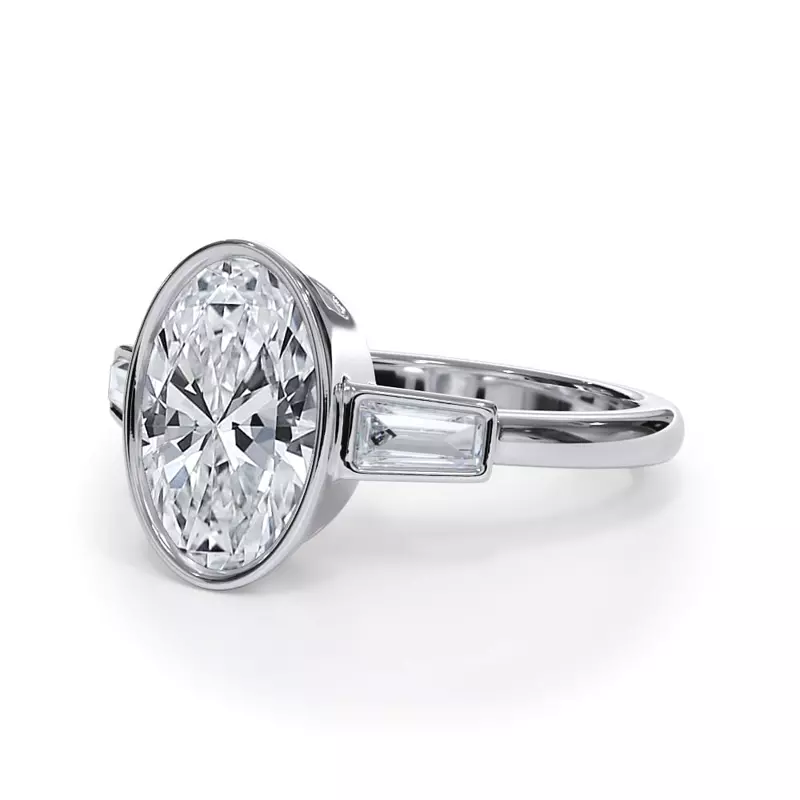
Cushion Cut Diamond:
A cushion cut diamond was earlier known as the old mine cut diamond. It is a combination of square cut with rounded corners, like a cushion (pillow) as the name suggests. This cut has a modern brilliant faceting but gives a more vintage appeal when compared with a round brilliant cut.

Step Cut Diamonds
As the name suggests, step cut diamonds are usually square or rectangular in shape with facets placed parallel to one another on all four sides, looking like steps. The facets in this cutting style tend to be larger than in brilliant cut diamonds because of their placement. Examples of step cut diamonds include the Emerald cut and Asscher cut.
Emerald Cut Diamond:
An emerald cut diamond has long rectangular step-like facets arranged parallel downward. Thus giving a ‘hall of mirrors’ like effect, with chiseled corners. Emerald cut exhibits brilliance and lustre in a more subtle manner.
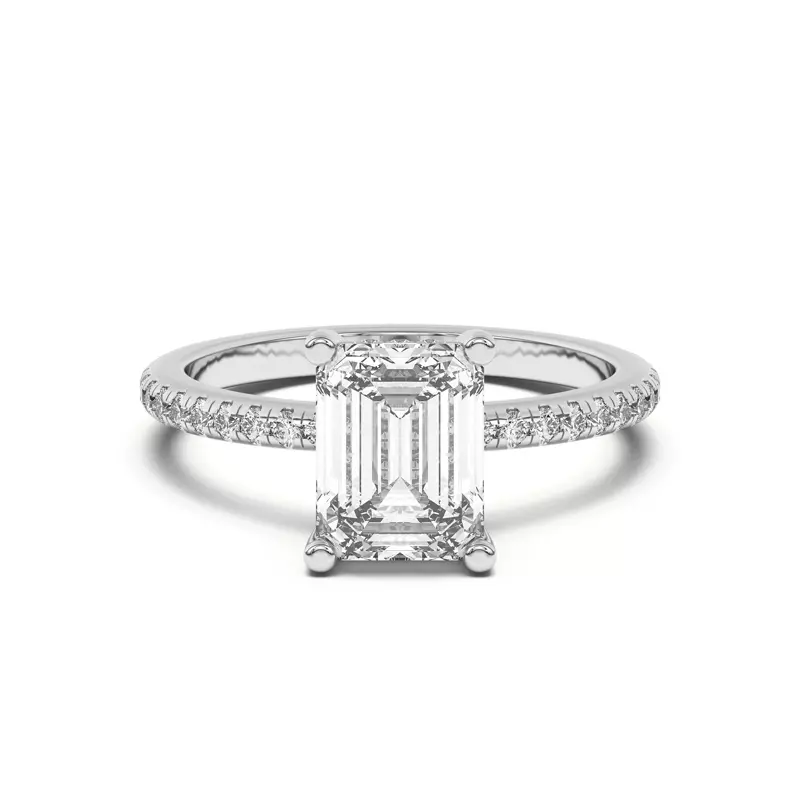
Asscher Cut Diamond:
Asscher cut diamonds are almost octagonal in shape, similar to an emerald cut diamond except that emerald cuts are rectangular and Asschers are square. Their facets are also fashioned in step cuts, very much like the emerald cut with three rows on the top, three rows on the bottom.
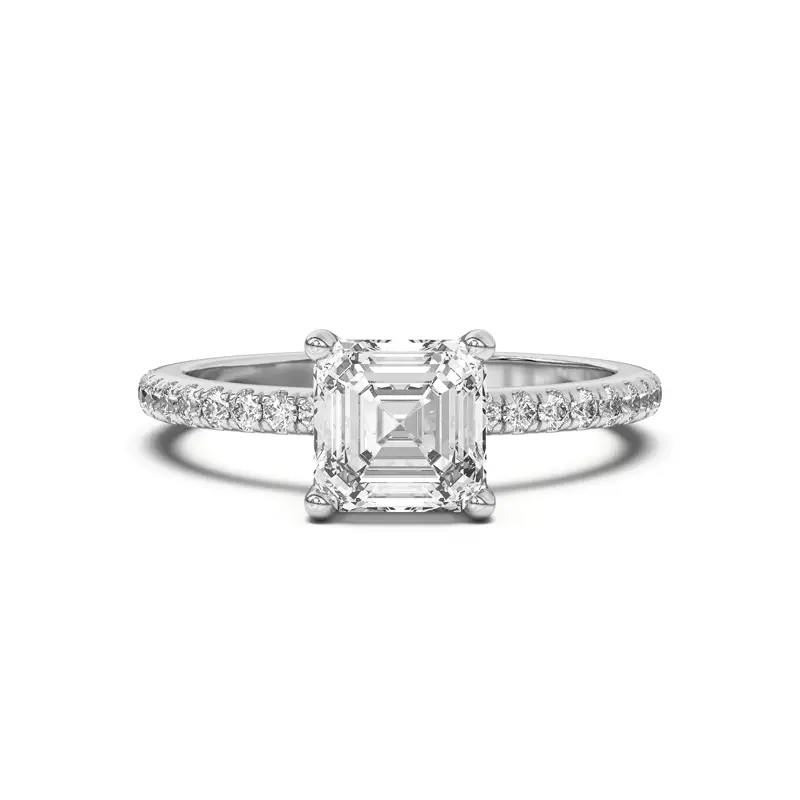
So there you have it - an in-depth look at different diamond cuts. The next time you browse for the perfect diamond, make sure you buy the one that is best suited for you. Spanning for centuries, jewellers have tried to perfect the diamond according to different preferences. Don’t be shy about asking more questions so that you’re able to find the right one for you and your loved one!
